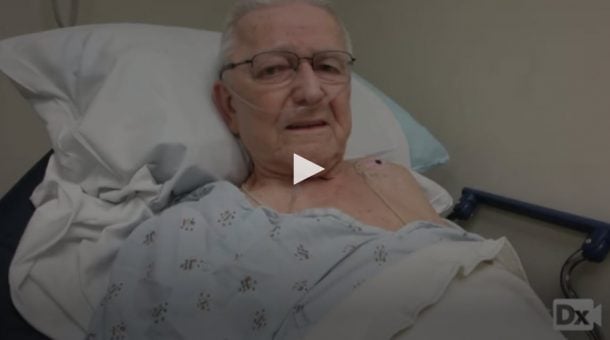The NCCPA™ PANCE Genitourinary Content Blueprint GU neoplastic diseases
| Bladder cancer | Patient will present as → an 85-year-old man who comes to his primary care provider after a week of hematuria. He has not been ill lately and has had no complaints of pain on urination. A CT scan with contrast is ordered demonstrating a variable filling defect.
Treatments include surgery, biological therapy, and chemotherapy |
| Penile cancer | Patient will present as → a 63-year-old uncircumcised male with a painless lump on the head of his penis. Over the last two weeks, the lesion has been increasing in size, and three days ago, he began to notice a new foul-smelling discharge. On physical examination, you notice a 2 cm lesion on the prepuce and palpable inguinal lymphadenopathy. The diagnosis of penile carcinoma should be suspected in men who present with a penile mass or ulcer, particularly in those who are uncircumcised DX: The diagnosis requires biopsy for tissue confirmation TX: Treatment involves surgery for all stages of penile cancer. Other options include radiation and chemotherapy |
| Prostate cancer | ReelDx Virtual Rounds (Prostate cancer)Patient will present as → a 68-year-old man comes to the clinic for a regular check-up. His PSA levels have been gradually increasing over the last few years and are now 11 ng/mL. A digital rectal examination reveals an asymmetrically enlarged prostate with an irregular, nodular consistency on the left side. A transrectal ultrasound-guided biopsy is performed, which confirms the diagnosis of prostate adenocarcinoma with a Gleason score of 7. The patient has no symptoms of urinary obstruction or bone pain. Symptoms include difficulty with urination, but sometimes there are no symptoms at all
The tumor marker is PSA (also elevated in BPH)
Prostate cancer screening (lots of debate here)
USPSTF recommendations for prostate cancer screening:
Prostate-specific Antigen, Digital Rectal Examination, and Transrectal Ultrasonography
Some types of prostate cancer grow slowly. In some of these cases, monitoring is recommended
|
| Testicular cancer | Patient will present as → a 32-year-old male presents with a painless, firm mass in his right testicle that he discovered 2 weeks ago. Serum tumor markers, including alpha-fetoprotein (AFP), beta-human chorionic gonadotropin (β-hCG), and lactate dehydrogenase (LDH) are elevated. Ultrasonography confirms the presence of a testicular mass. Orchiectomy reveals a mixed germ cell tumor. A 22-year-old male who develops a firm, painless, non-tender testicular mass with elevated serum β-HCG
DX: Diagnostic studies include ultrasound. Tumor markers: AFP, β-HCG, and LDH TX: Treatments include surgery, radiation, and chemotherapy |



